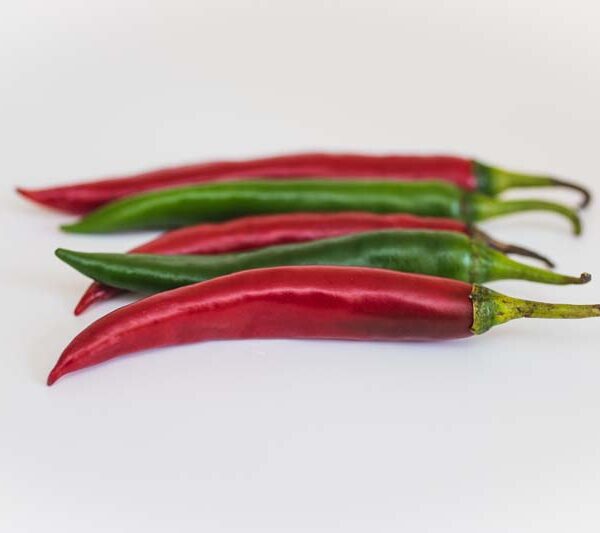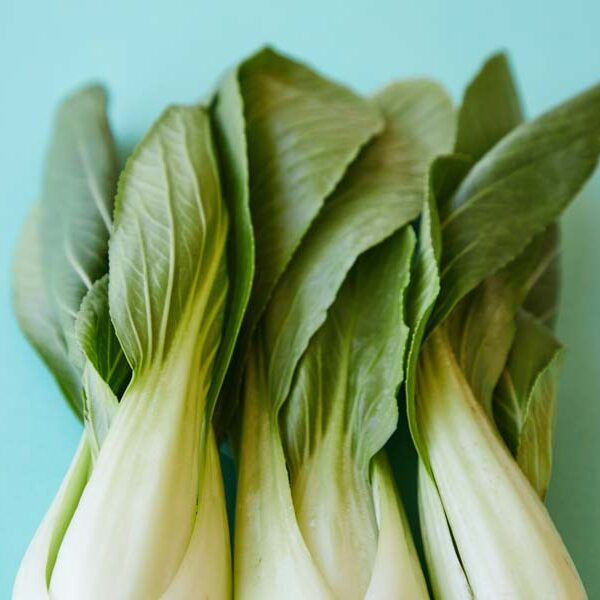Kumquats (/ˈkʌmkwɒt/;[2] Chinese: 金桔, gāmgāt in Cantonese, jīnjú in Standard Mandarin), or cumquats in Australian English, are a group (Citrus japonica) of small fruit-bearing trees in the flowering plant family Rutaceae. They were previously classified as forming the now-historical genus Fortunella or placed within Citrus, sensu lato.
Kumquat
The kumquat plant is native to Southern China.[4][5] The earliest historical reference to kumquats appears in Imperial literature from the 12th century. They have long been cultivated in other parts of East Asia (Japan and Taiwan), South Asia (India), and Southeast Asia (especially the Philippines). They were introduced to Europe in 1846 by Robert Fortune, collector for the London Horticultural Society, and shortly thereafter were taken to North America.[6]
They are slow-growing evergreen shrubs or short trees that stand 2.5 to 4.5 meters (8 to 15 ft) tall, with dense branches, sometimes bearing small thorns. The leaves are dark glossy green, and the flowers are white, similar to other citrus flowers, and can be borne singly or clustered within the leaves’ axils. Depending on size, the kumquat tree can produce hundreds or even thousands of fruits each year.[4]




